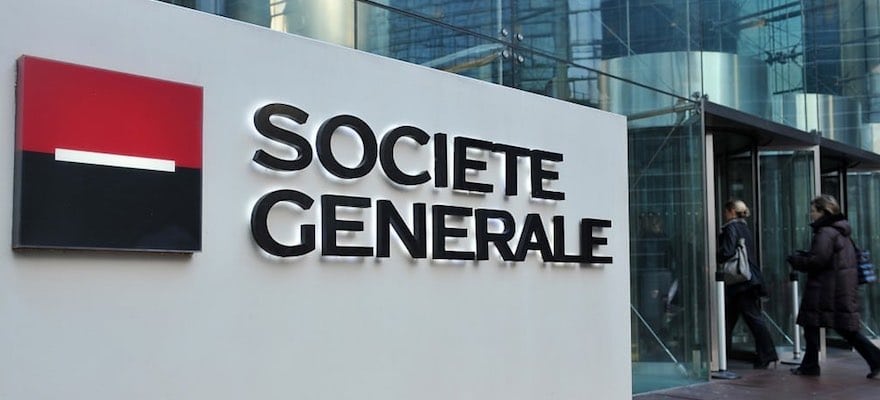Jefferies Financial Group Inc., an investment banking company, has published its financial results for the second quarter of its 2019 fiscal year ended March 31, 2019. In the report, the firm gives an update on the current situation with its investment in the FXCM Group.
The 10-Q filing with the United States Securities and Exchange Commission (SEC) states: “Our investment in FXCM and associated companies consists of a senior secured term loan due February 15, 2021 ($71.9 million principal outstanding at May 31, 2019), a 50% voting interest in FXCM and a majority of all distributions in respect of the equity of FXCM.”
Furthermore, Jefferies states that its maximum exposure to loss as a result of the investment is limited to the carrying value of the term loan, which is $56.6 million and the investment in associated companies, which stands at $70.0 million, bringing the total to $126.6 million by the end of May.
In the report filed with the US regulator, the company also states that the foreign exchange (Forex ) broker is considered a variable interest entity (VIE), which is an entity where the investor holds a controlling interest that is not based on the majority of voting rights.
Jefferies is not the primary beneficiary of FXCM
Because of this Jefferies has determined that it is not the primary beneficiary of FXCM because the company doesn’t hold power to direct the activities that have the highest impact on the retail broker’s performance.
“Therefore, we do not consolidate FXCM and we account for our equity interest under the equity method as an investment in an associated company,” the filing with the SEC said.
According to the filing, net revenues generates from the broker’s term loan include gains (losses) of $(11.0) million and $15.1 million during the first half of 2019 and 2018, respectively.
As Finance Magnates reported, the investment banking company lowered the fair value of its equity interest in FXCM by $62 million for the fiscal period ending November 30, 2018. This was due to the broker’s weak results, which were influenced by ESMA’s product intervention measures and low Volatility .

















